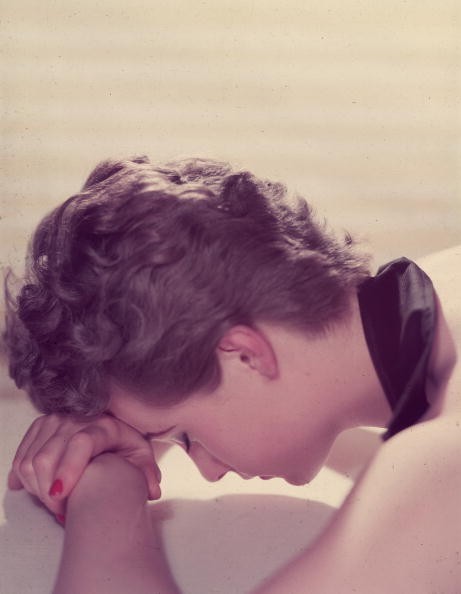
More white middle-aged men and women in America have been dying at an alarming rate since 1999, revealed a Princeton University study.
Couple Angus Deaton, a 2015 Economics Nobel laureate, and Anne Case, who both worked in the university as economics professors, wrote a sobering paper in the Proceedings of the National Academy of Sciences in which they shared how at least 500,000 people ended up dying even if they should not have in the first place.
The death rate from 1999 to 2013 was alarmingly high specifically among white men and women between the ages of 45 and 54 years old with insufficient college education. They more likely died from suicide, alcohol, and drug abuse, all of which are preventable with timely and proper intervention or treatment. Overall, the rate of dying in this demographic is at least 40 times higher than that of Ebola or closely resembles that of HIV/AIDS.
The findings have left many surprised especially since several studies have pointed out how people particularly those in developed nations like the United States are living longer lives due to better treatment and access to healthy food. Further, before 1999, dying rate within the mentioned group was actually decreasing. The researchers also could not find a similar pattern among the same age group in other nations, as well as black and Hispanic men and women. Other age groups who have achieved at least a college education also had a declining death rate.
In a commentary that accompanied the paper, Dartmouth College economics professor Jonathan Skinner cited that the results of the study were a good indication that the "plane has crashed." Although he isn't sure what exactly is going on, he pointed out that at least 40% of the population don't have enough college education.
University of Michigan's health and retirement study director David Weir, who also reviewed the paper, called the results shocking as usually it's the African Americans who are portrayed to be always at a disadvantage. He nevertheless believed that the root cause was physical and psychological pain, which might be happening among people with midlife crisis.

